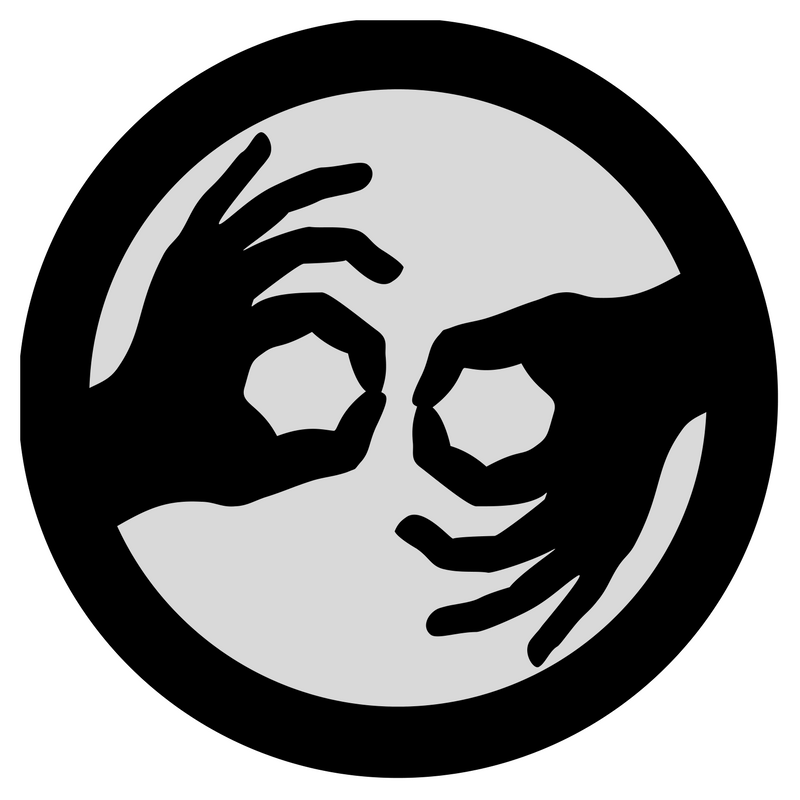Opinion: Sign language class could lend a helping hand to VHHS students
Every day, children in the United States are born with hearing loss. In their first few days of life, they fail their hearing tests, and their parents are told that their child will never hear properly. While there are new technologies to aid in these situations, such as cochlear implants which produce artificial hearing, many still turn to American Sign Language, or ASL, for communication.
According to a study conducted by Gallaudet University, a college for the hearing impaired, over 500,000 Americans have some form of hearing impairment and require sign language for communication. Gallaudet’s research ultimately led to the conclusion that, that due to these large numbers, ASL is actually the 4th most common language in the United States. If this is the case, why is ASL not offered at Vernon Hills
High School?
As a middle schooler, I remember encountering people with hearing loss on a daily basis that I could not communicate with because I did not know their language; I always felt terrible that I could not carry out a simple conversation with them. For this reason, I have always believed that it should be offered as a language.
Sammi Gilfand, co-president of sign language club, agrees that it should be offered as a foreign language, explaining that, “ASL should be offered as a language in schools because it would serve the same purposes as all other language classes: to teach students how to communicate with people that speak a different language
than they do.”
Hearing Itinerant to VHHS, Ms. Wright, shared that she believes that this language would be extremely beneficial to the student population, as it would allow for interpersonal connections between hearing and hearing impaired students. She explained that in many cases, hearing impaired students look down on hearing students due to their language being made fun of through people faking sign language or due to others simply not putting in the time to learn to communicate with them.
“By having ASL be more prevalent [in the VHHS community], we may help people accept and see each other,” Wright said.
Many still argue that ASL cannot be offered as a language as it does not have its own culture; it is modeled off of English. Analyzing ASL’s structures and rich culture though, this appears to be far from the truth.
“ASL is made up of its own words and phrases that are unique from other languages,” Gilfand explained. “All cultures have their own characteristics that define them, and this includes deaf culture.”
Wright explained that communities of deaf people often form certain language traits and bonds that are present in any culture. She added that ASL is extremely di erent grammatically from English. So, while ASL sounds like it should be similar to English, learning its grammar is like learning that of Spanish or French.
“It is a real language with vocabulary and grammar like any other living, breathing language,” Wright stated.
The time for administration to act on adding this language is now. Enrollment is increasing, making it the perfect time to test out something new. While room in the World Language department is sparse, fitting in one ASL class a day could be extremely beneficial to the community. For the hearing population, the addition of this language would allow students to make new connections that they could not make previously, and for the hearing impaired, increased usage of ASL would allow for them to easily access communication. Therefore, the addition of ASL to the curriculum would lead to an overall more accepting VHHS community.

